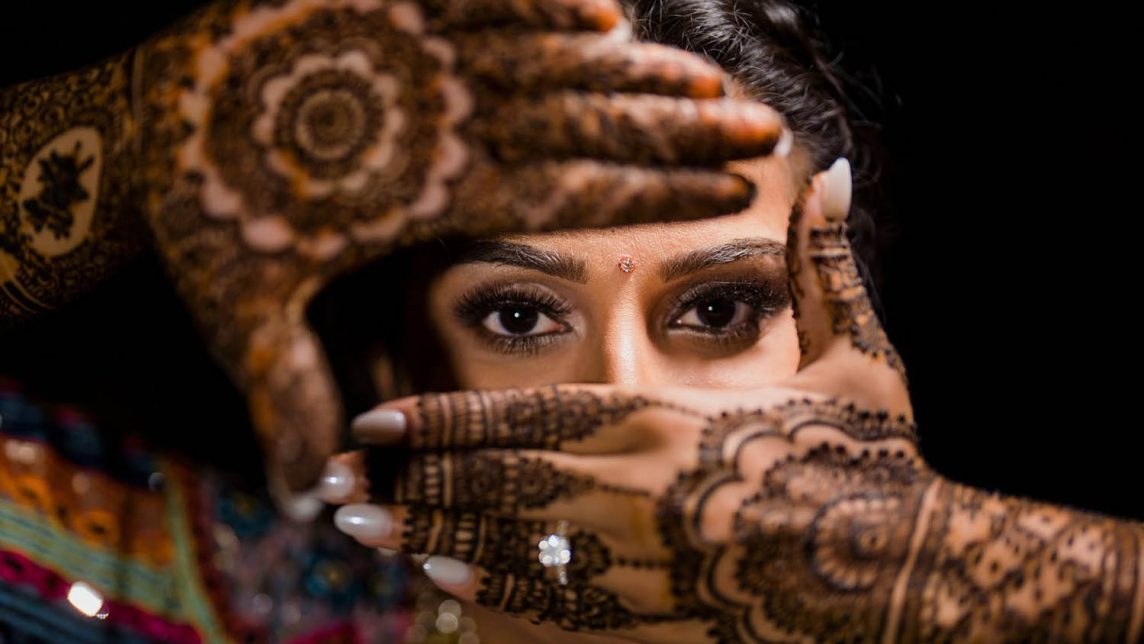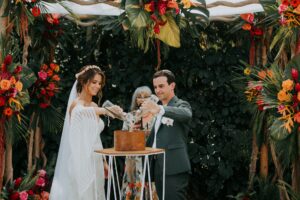The art of henna (called mehndi or mehendi in Hindi and Urdu) has been practiced in Pakistan, India, Africa and the Middle East.
Indian Wedding Ceremonies: What You Need To Know
The betrothal event is considered one of the most important pre-wedding ceremonies.






